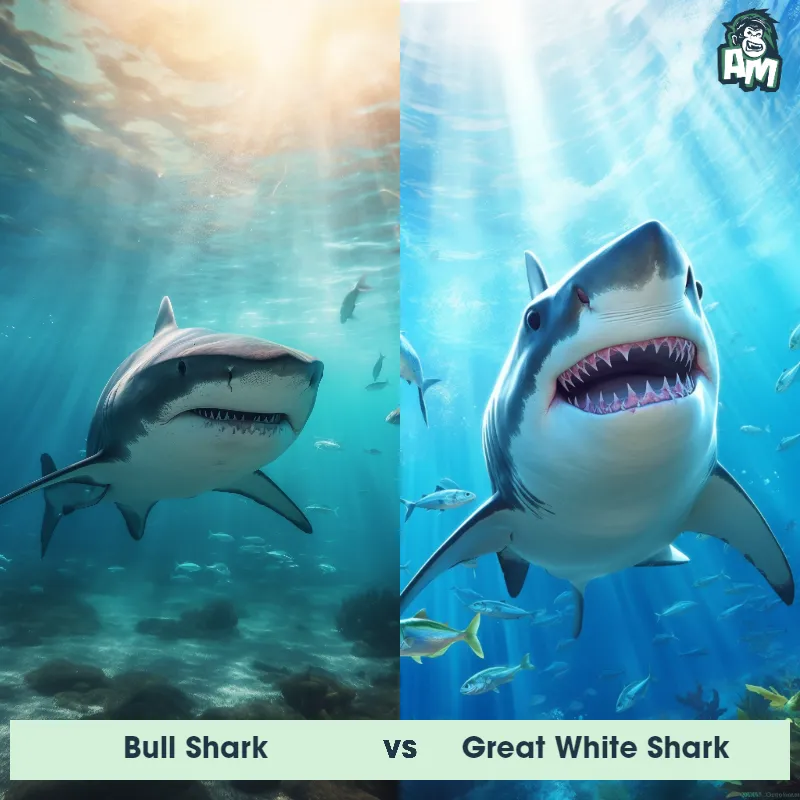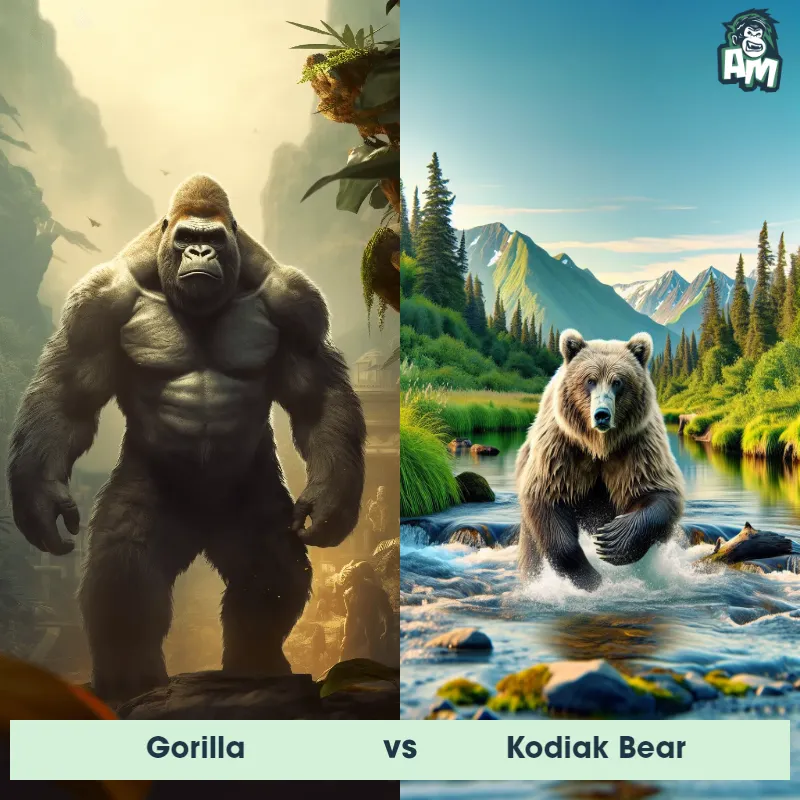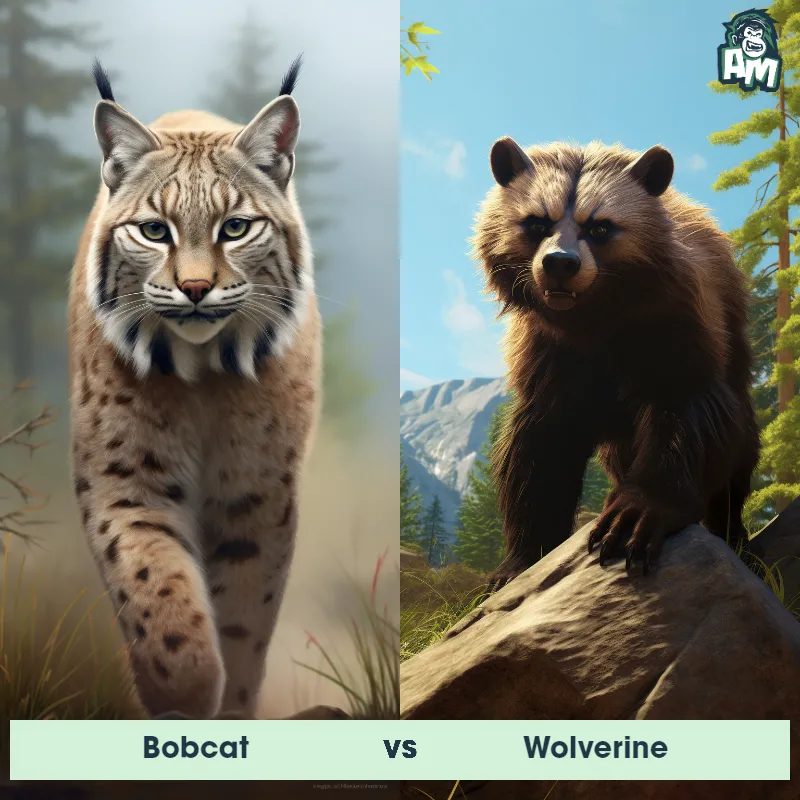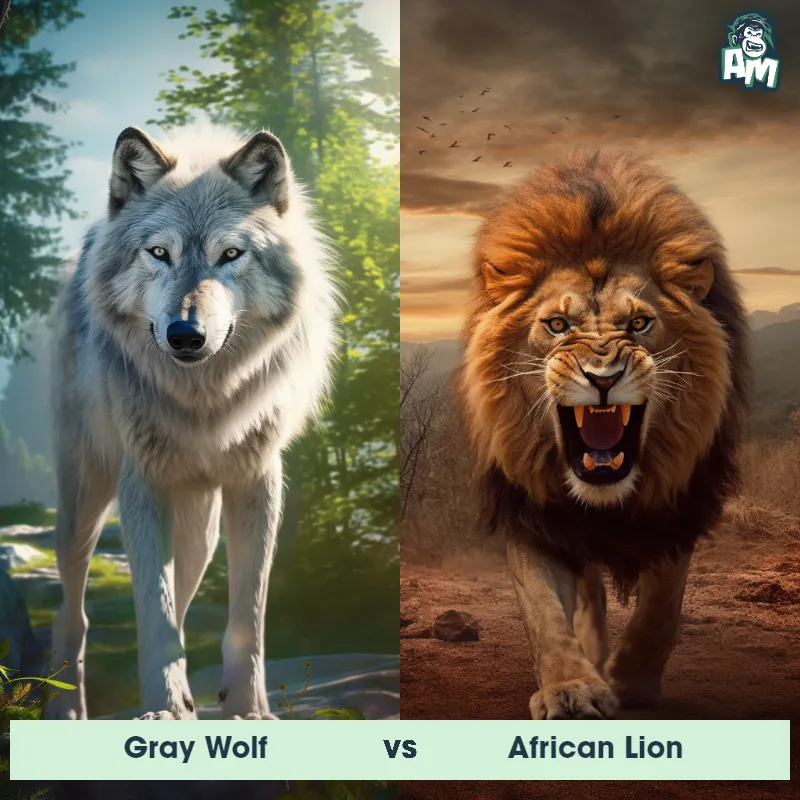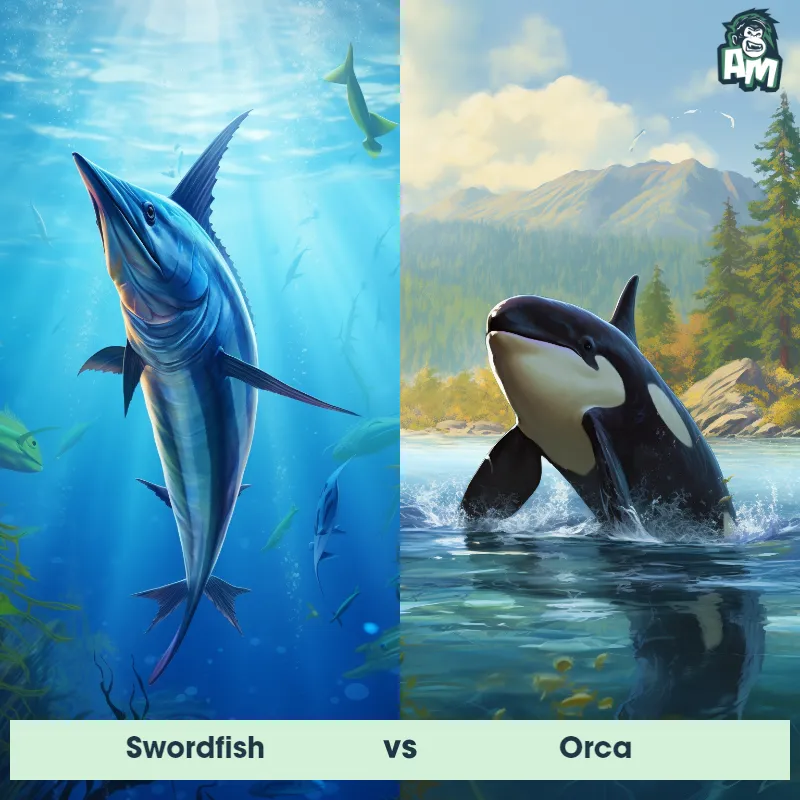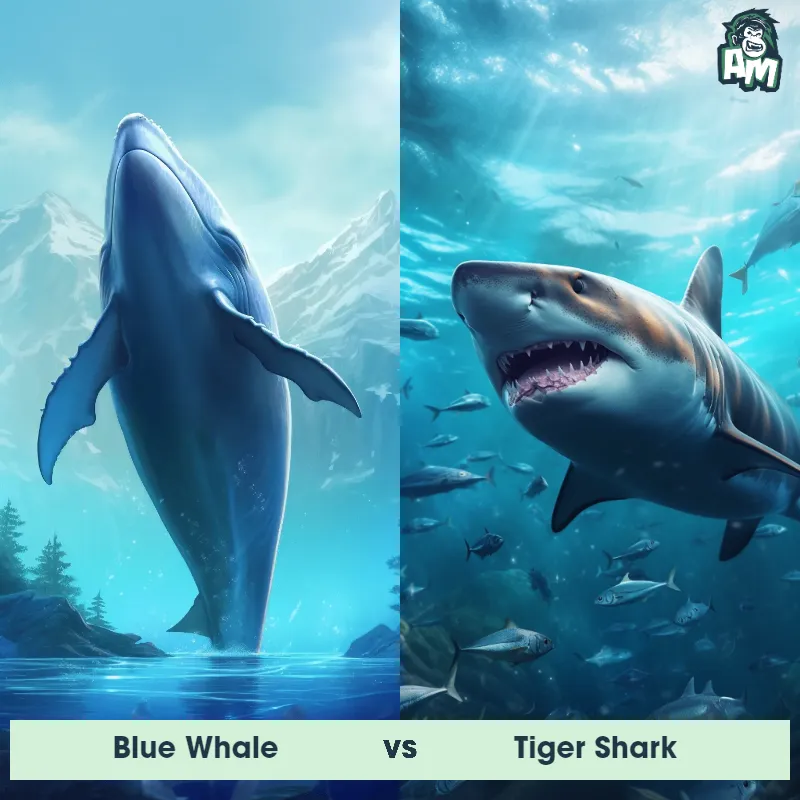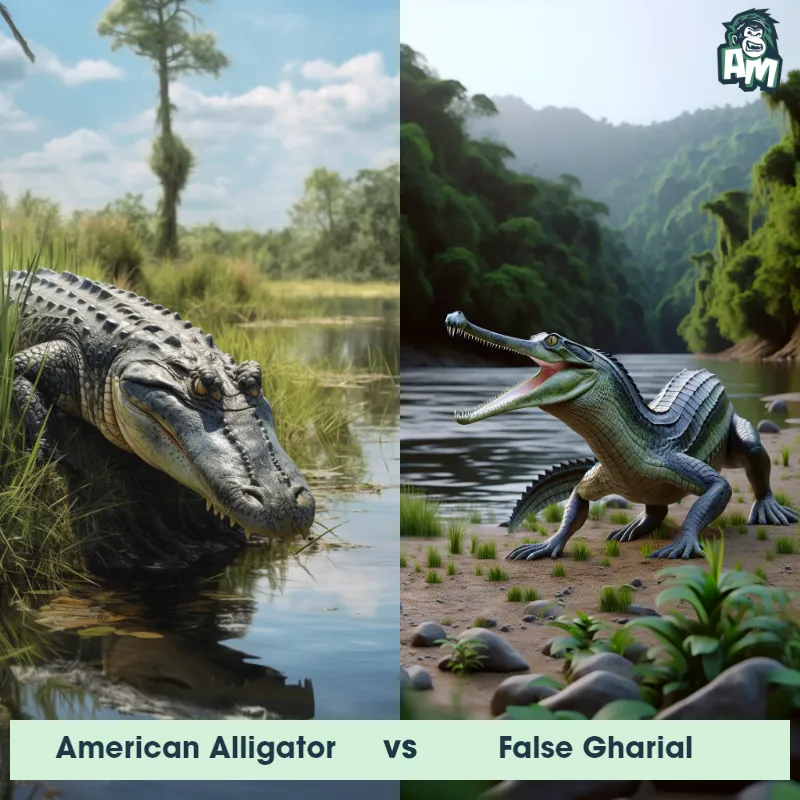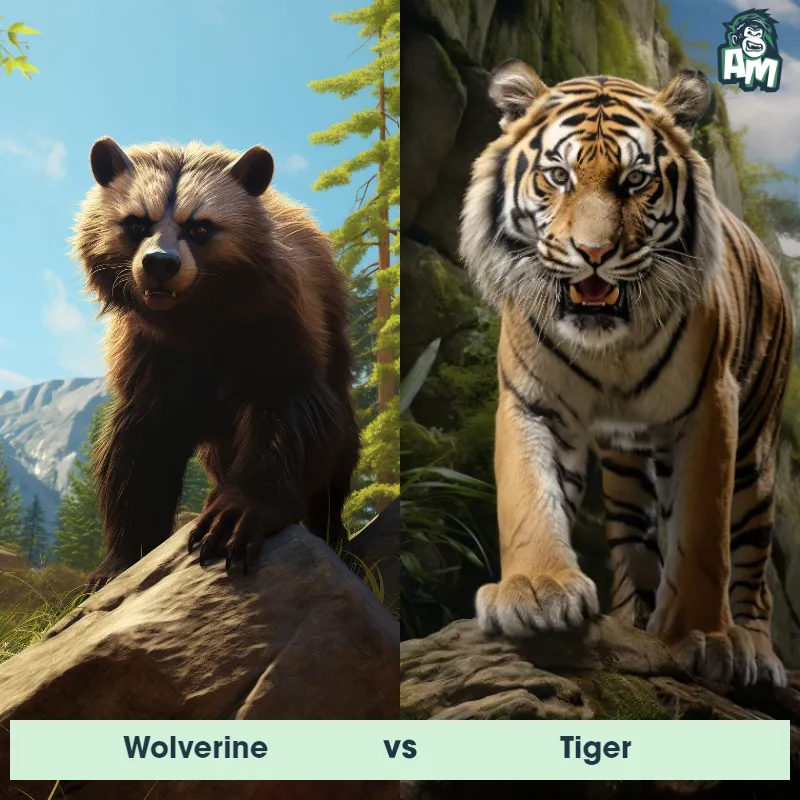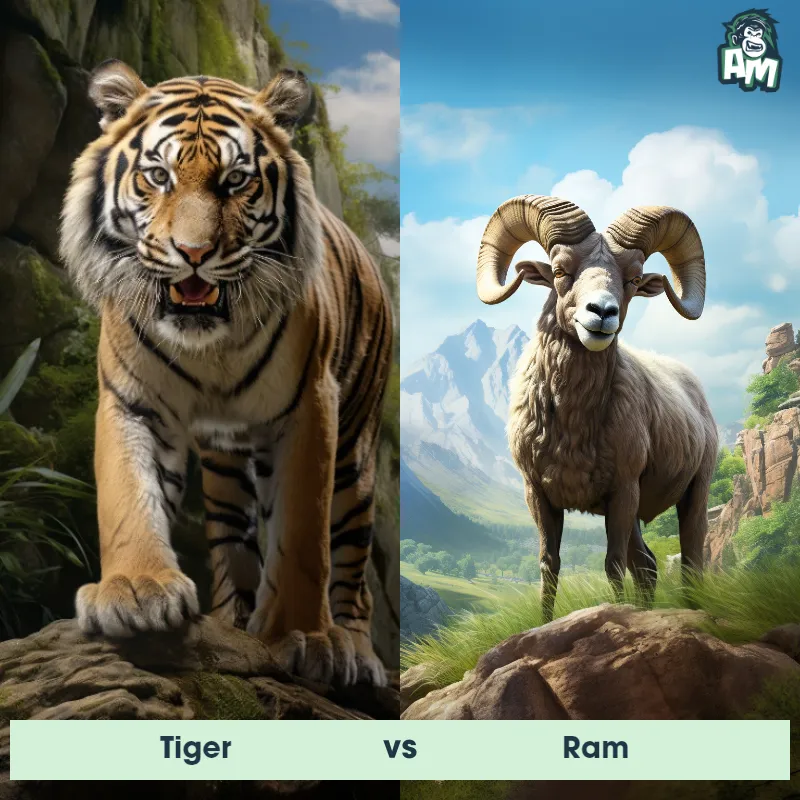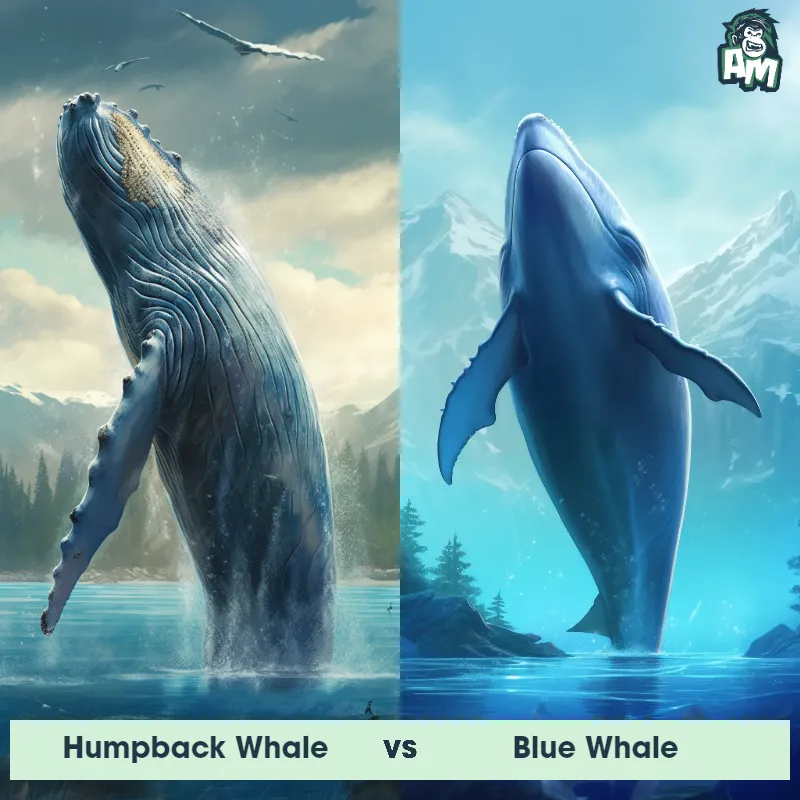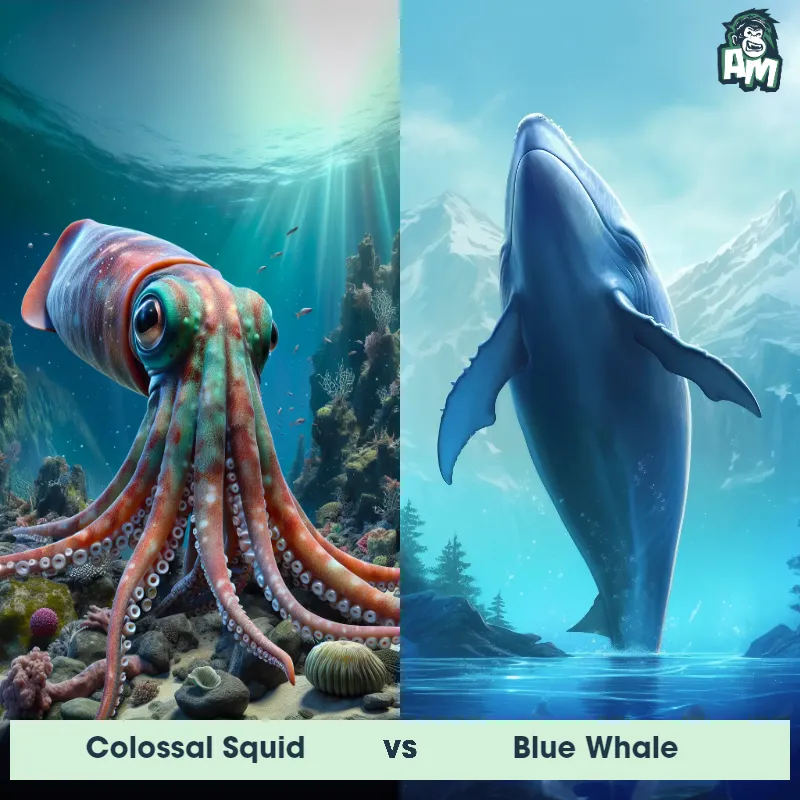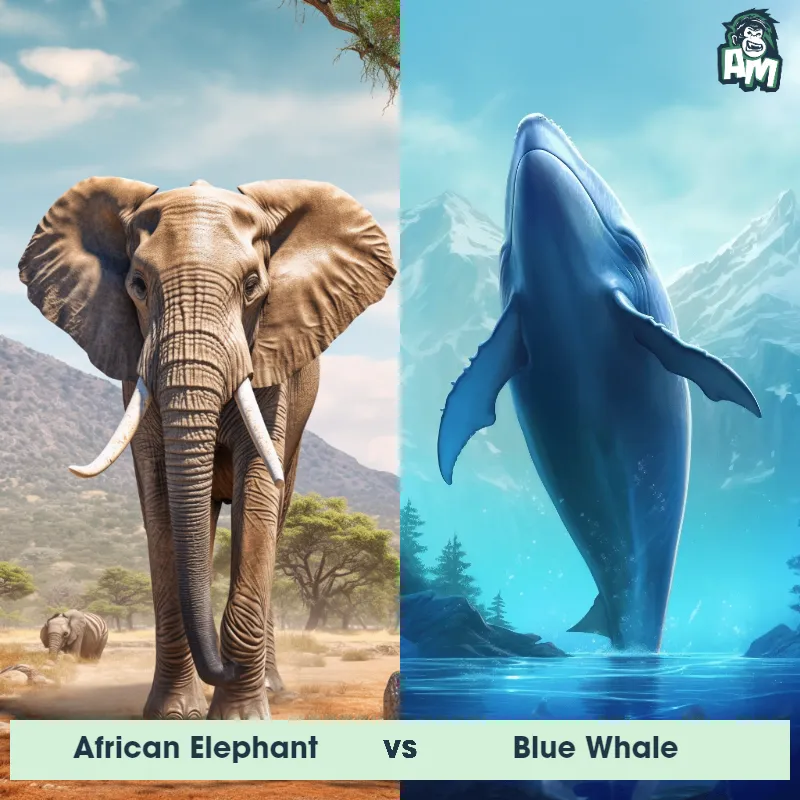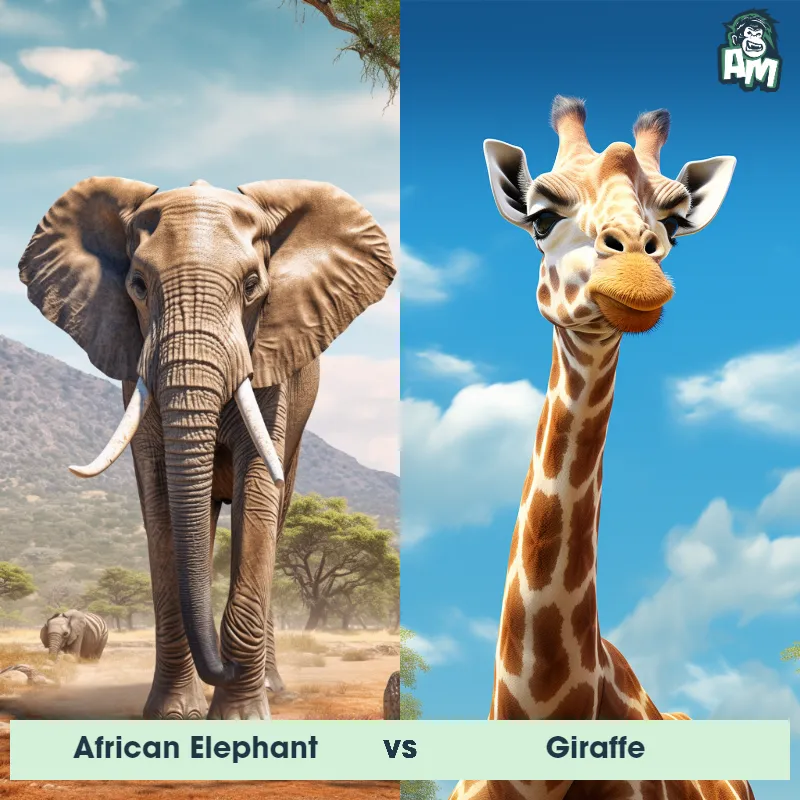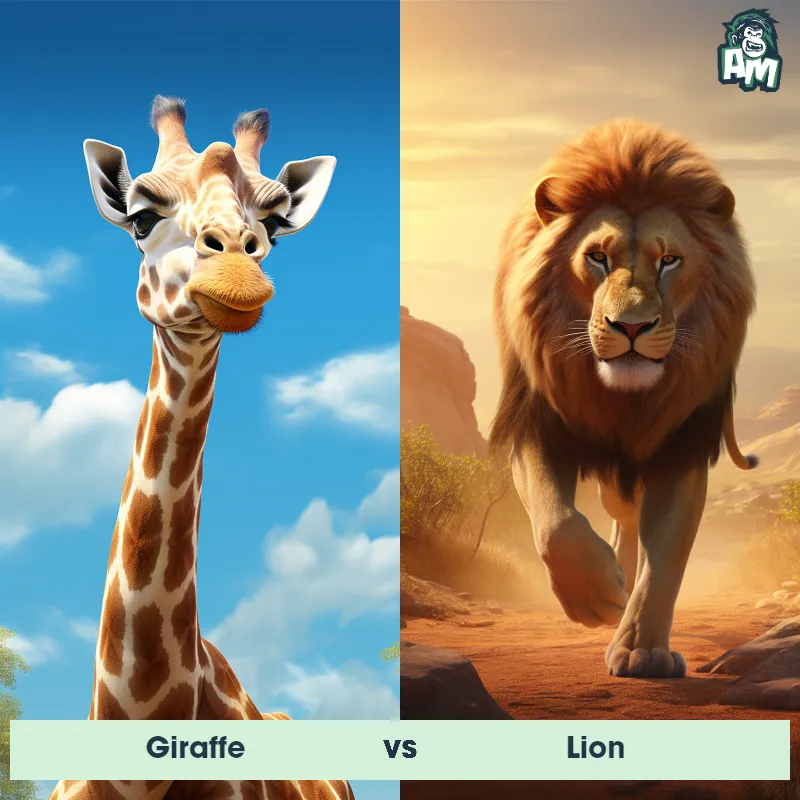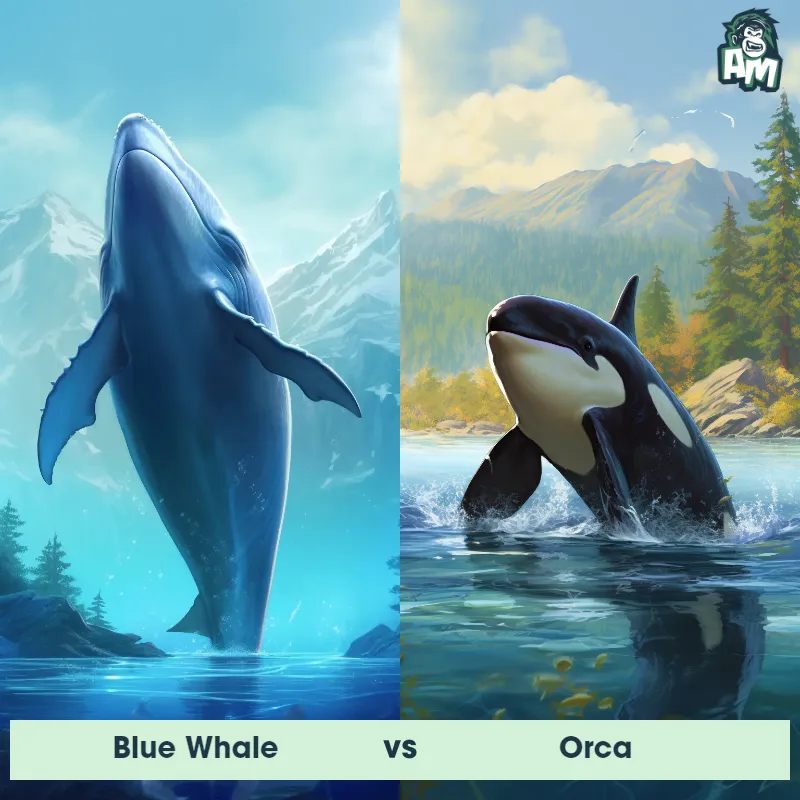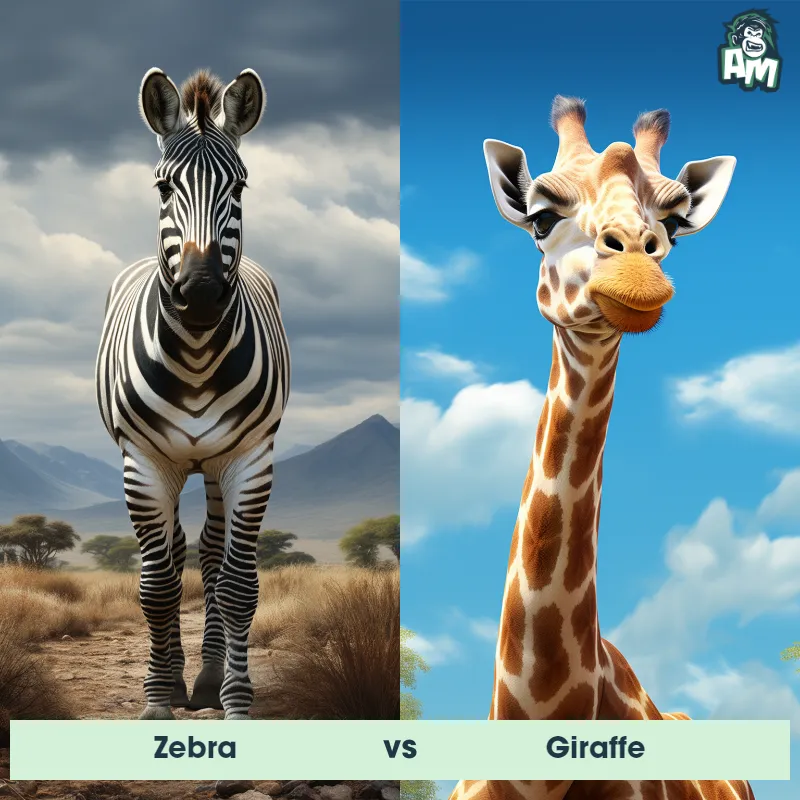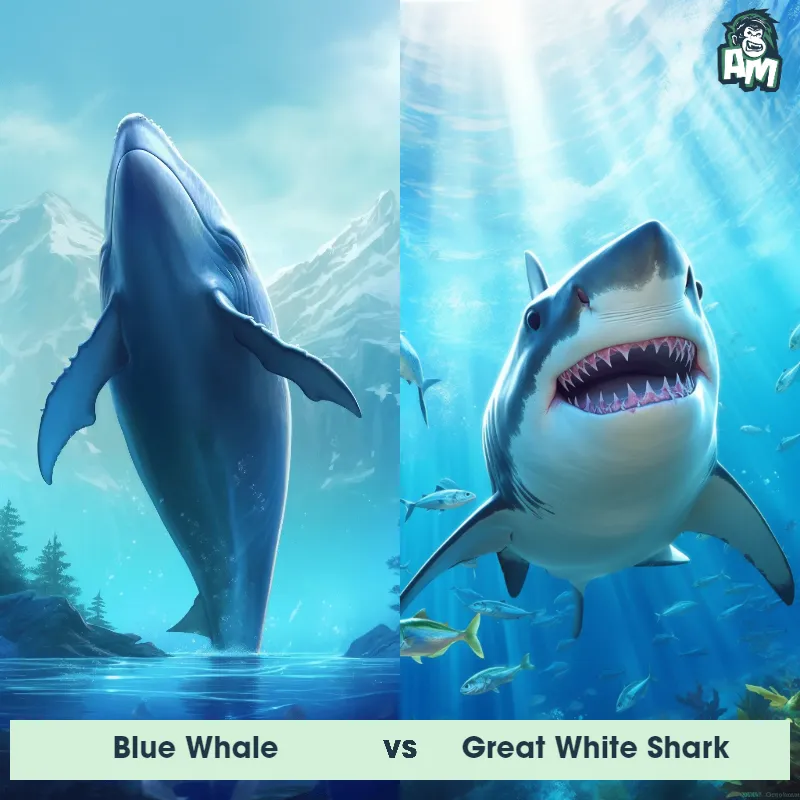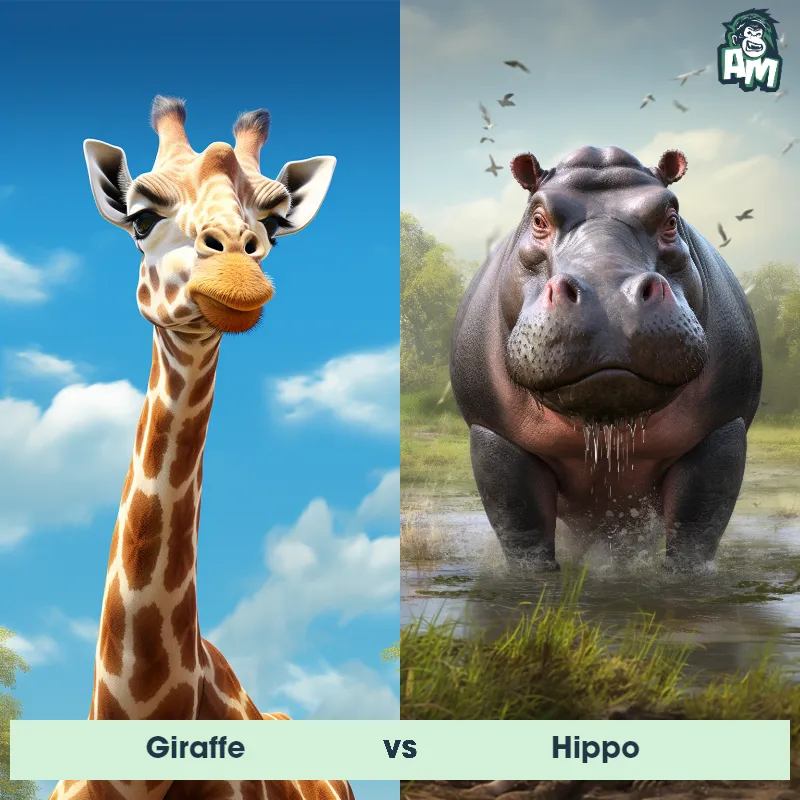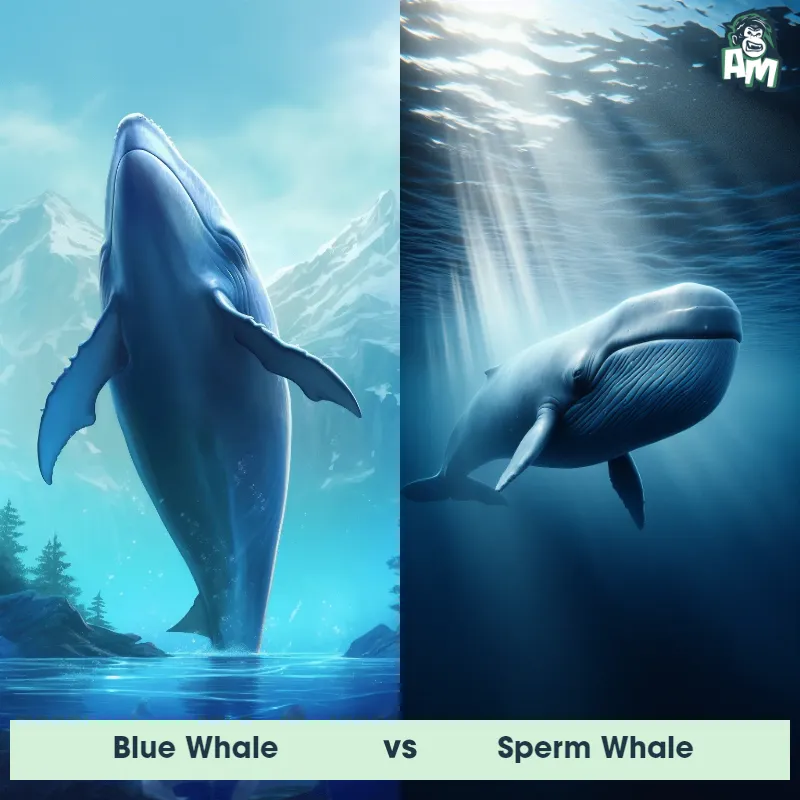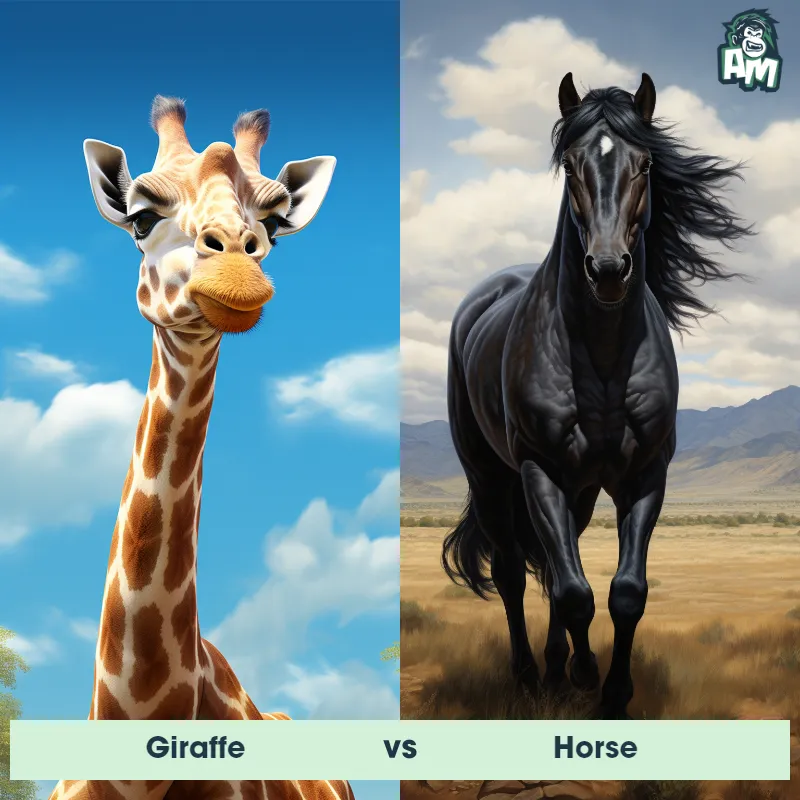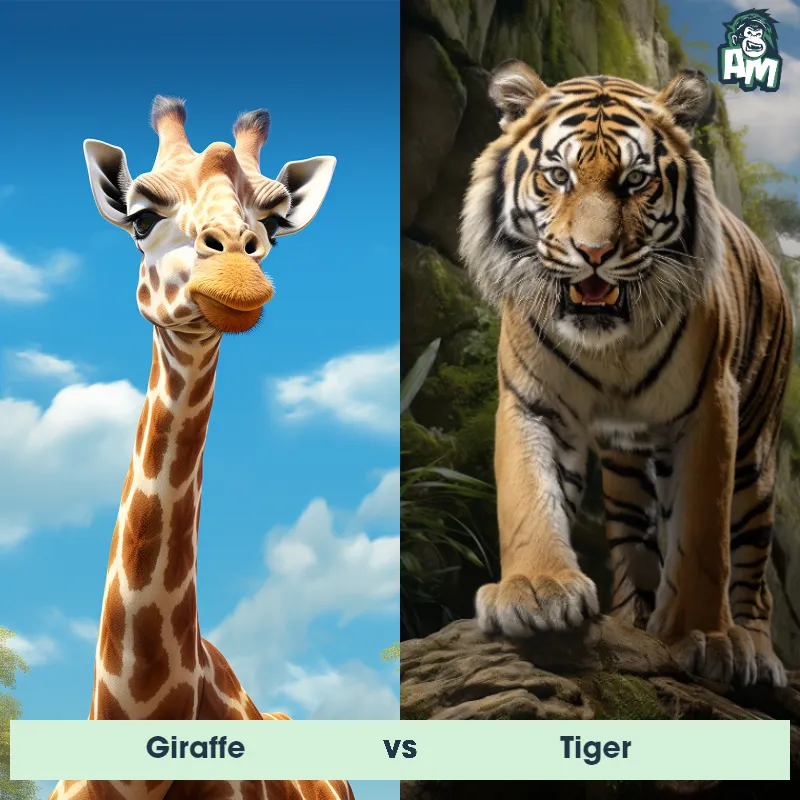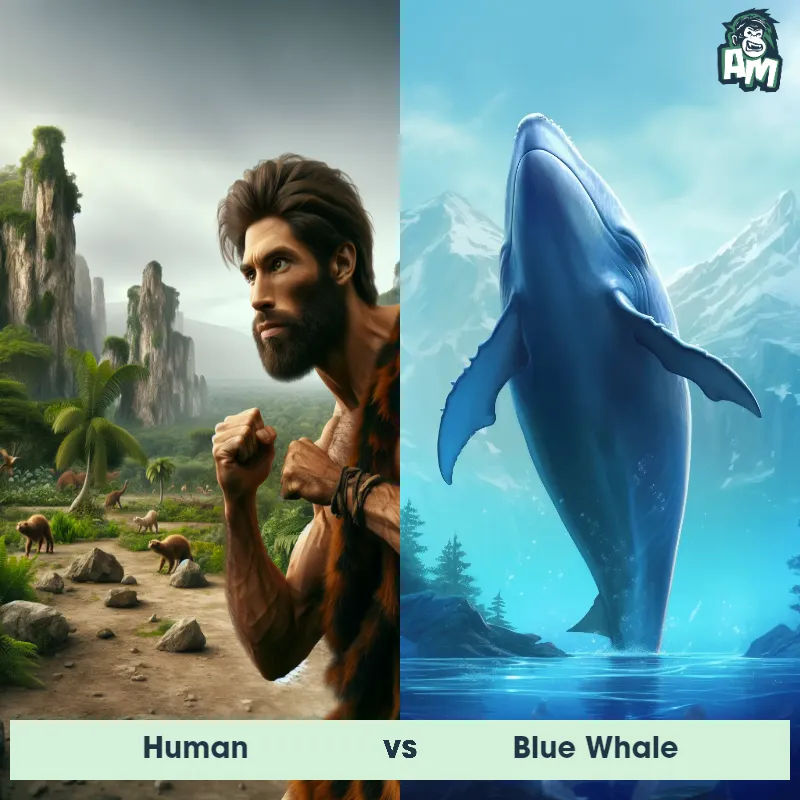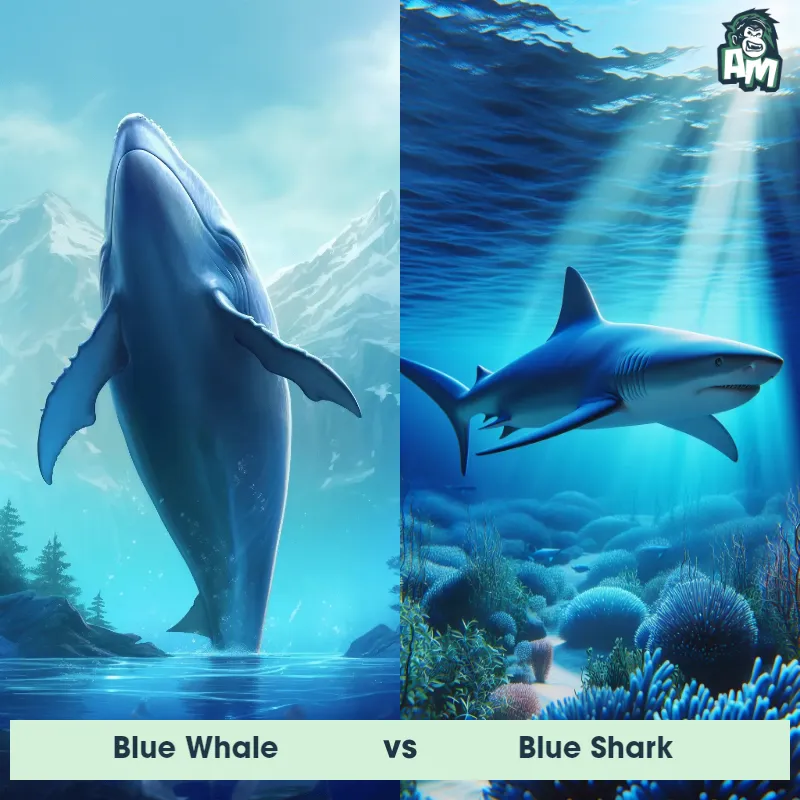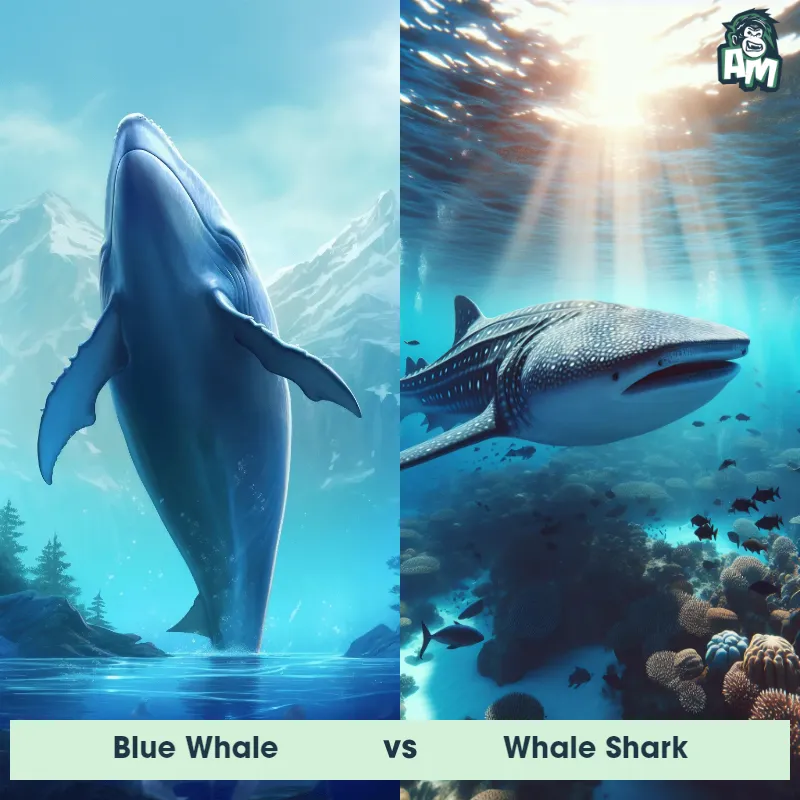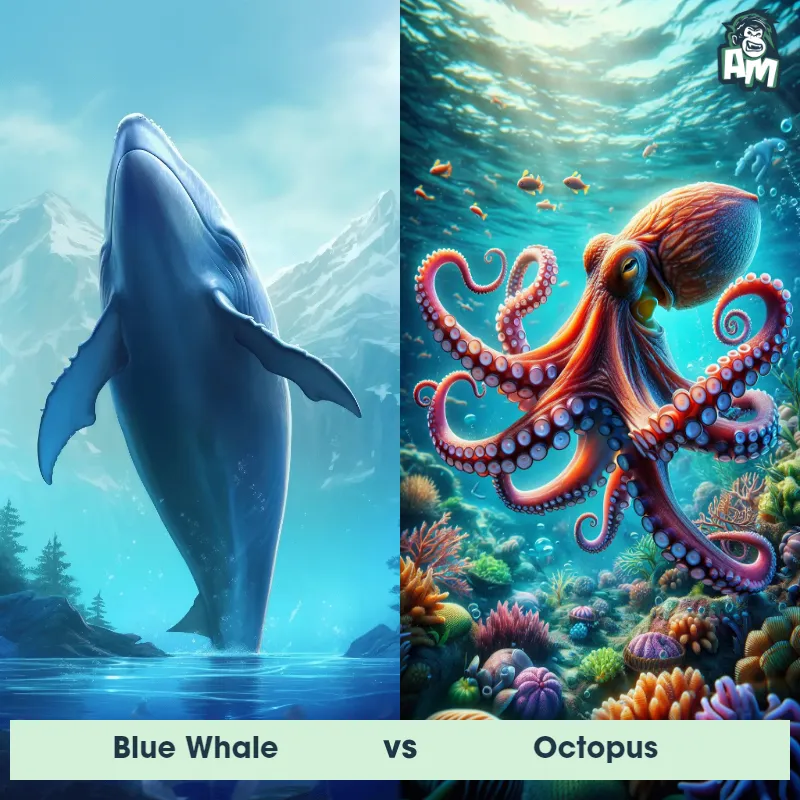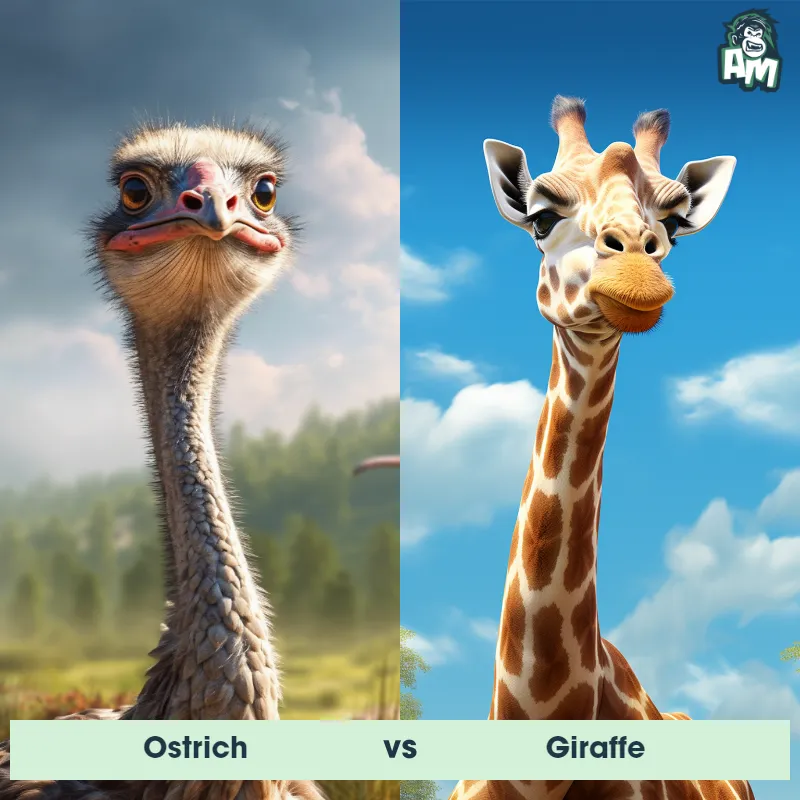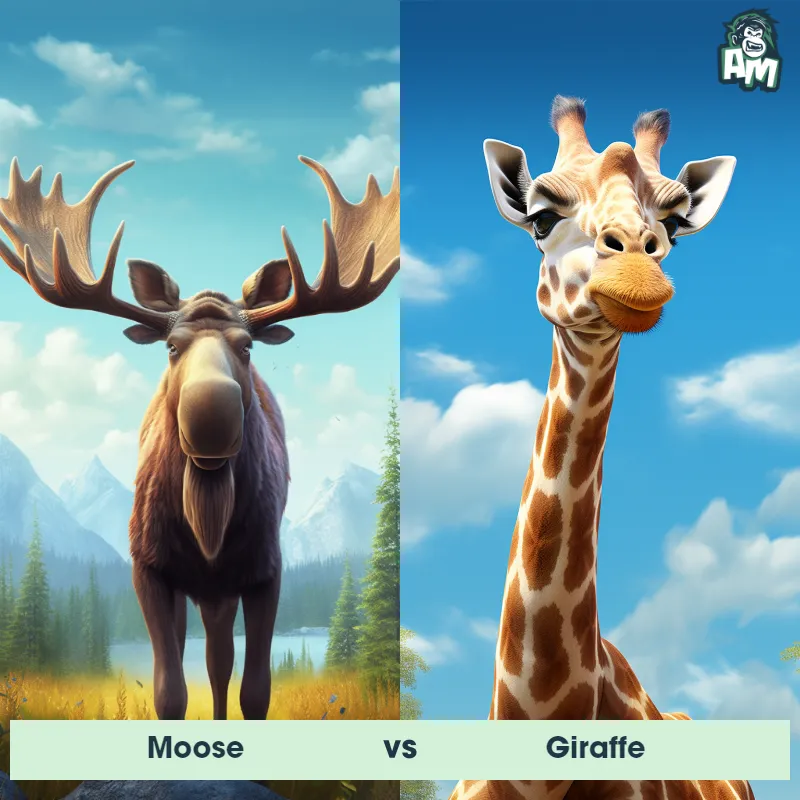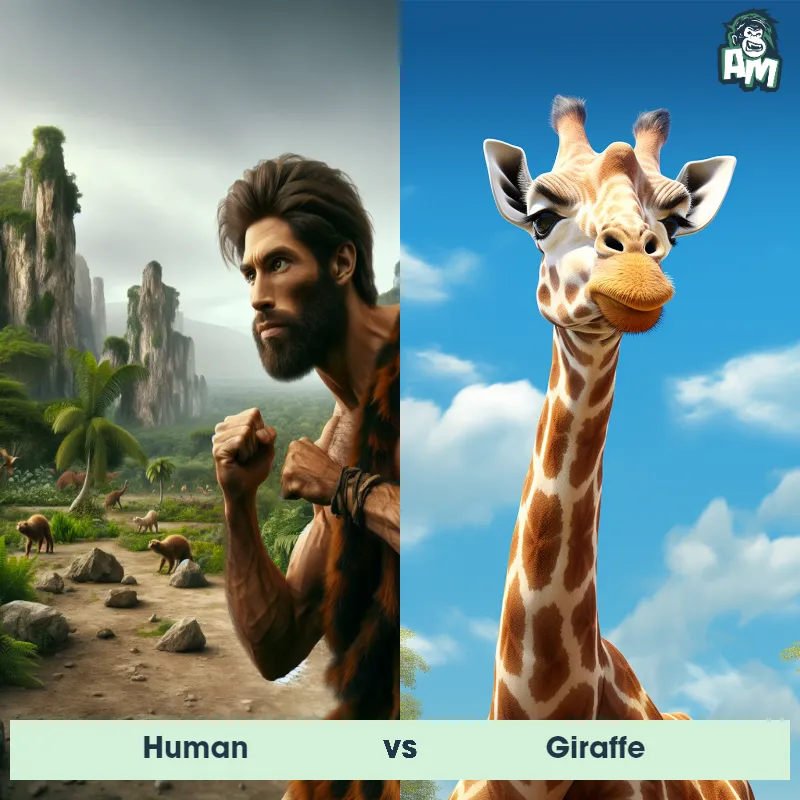Blue Whale vs GiraffeSee Who Wins

Ladies and gentlemen, welcome to this unprecedented matchup between two extraordinary creatures. In one corner, we have the mighty Blue Whale, the largest mammal to roam the vast oceans. And in the other corner, we have the Giraffe, with its towering height and remarkable agility. Get ready for a battle that will test the limits of strength and strategy. There can only be one victor in this clash of the titans. Let the contest begin!
Contender 1: Blue Whale
The Blue Whale, also known as Balaenoptera musculus, is the largest animal on Earth, reaching lengths of up to 100 feet and weighing up to 200 tons. They have a long, streamlined body with a bluish-gray color and a small dorsal fin. Their diet consists mainly of krill, which they filter through their baleen plates. Blue Whales are known for their loud, low-frequency vocalizations, which can be heard for hundreds of miles.
Fun Fact: Blue Whales have the largest heart of any animal, weighing up to 1,000 pounds and being the size of a small car.
Contender 2: Giraffe
The giraffe is a majestic, long-necked mammal known for its exceptional height, which makes it the tallest land animal in the world. Adult giraffes can reach heights of up to 18 feet. Their unique appearance is characterized by a patterned coat with patches varying in color from orange and brown to lighter hues. Giraffes have long legs, a sloping back, and a small hump on their shoulders. They are native to Africa, primarily found in savannahs and woodlands, where they graze on leaves, fruits, and flowers.
Fun Fact: Despite their long necks, giraffes have the same number of neck vertebrae as humans, which is seven. Each vertebra can be up to 10 inches long.
Matchup Stats
| Blue Whale | Giraffe | |
|---|---|---|
| Size | Up to 100 feet (30.5 meters) | Up to 18 feet tall (5.5 meters) |
| Weight | Up to 200 tons (181 metric tons) | Up to 2,800 pounds (1,270 kilograms) |
| Speed | Speed: 20 mph (32.19 km/hr) | 35mph (56km/h) |
| Key Strength | None | Powerful kicks with their long legs |
| Biggest Weakness | Slow movement | Vulnerable when bending down to drink water |
Current Votes
Blue Whale vs Giraffe
See Who Wins
View More Matches
Looking For More?
Similar Matches
Scientific Stats
| Blue Whale | Giraffe | |
|---|---|---|
| Scientific Name | Balaenoptera musculus | Giraffa camelopardalis |
| Family | Balaenopteridae | Giraffidae |
| Habitat | Open ocean | Savannahs, grasslands, and open woodlands |
| Geography | Worldwide | Africa |
| Diet | Krill | Herbivorous, primarily leaves, fruits, and flowers |
| Lifespan | 80 years - 90 years | 20 years - 25 years |
Key Differences between Blue Whale and Giraffe
- Skin Texture: The Blue Whale has smooth, rubbery skin, usually with barnacles and whale lice. In contrast, the Giraffe's skin is thick and rough with hair-covered bumps called ossicones.
- Tail Shape: Blue Whales have a horizontal, fluked tail, which they use to propel themselves through the water, while Giraffes have a long, tufted tail with a black tip, which they use to swat away insects.
- Body Shape: The Blue Whale has a streamlined, elongated body with a tapering tail fin, designed for efficient swimming and diving in the ocean, whereas the Giraffe has a long, slender neck, sturdy legs, and a relatively short body, adapted for browsing treetops.
- Skin Color and Pattern: Blue Whales have a bluish-gray coloration, often with mottled or speckled patterns caused by diatoms on their skin, while Giraffes have a distinct coat pattern of brown patches on a lighter background, aiding in camouflage.
- Mouth and Teeth: Blue Whales are filter feeders and lack teeth in their upper jaw, instead having baleen plates that filter vast amounts of water for small prey. Giraffes, on the other hand, have a prehensile upper lip to grasp leaves and long tongues to strip leaves from branches.
- Size: The Blue Whale is the largest animal on Earth, reaching lengths of up to 98 feet and weighing around 200 tons, while the Giraffe is the tallest land animal, standing at an average height of 16 to 20 feet.



